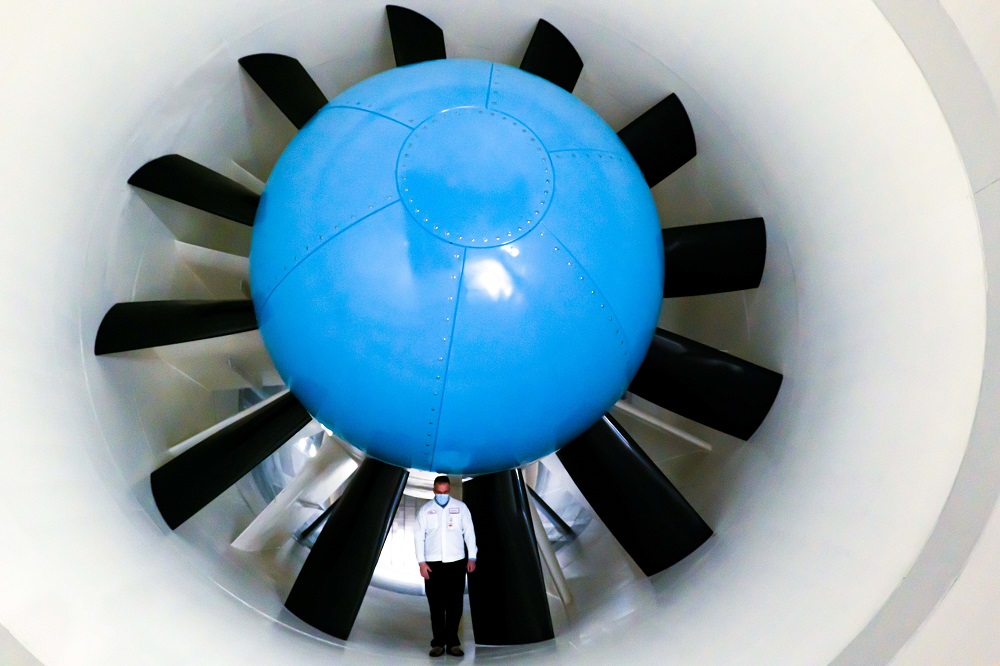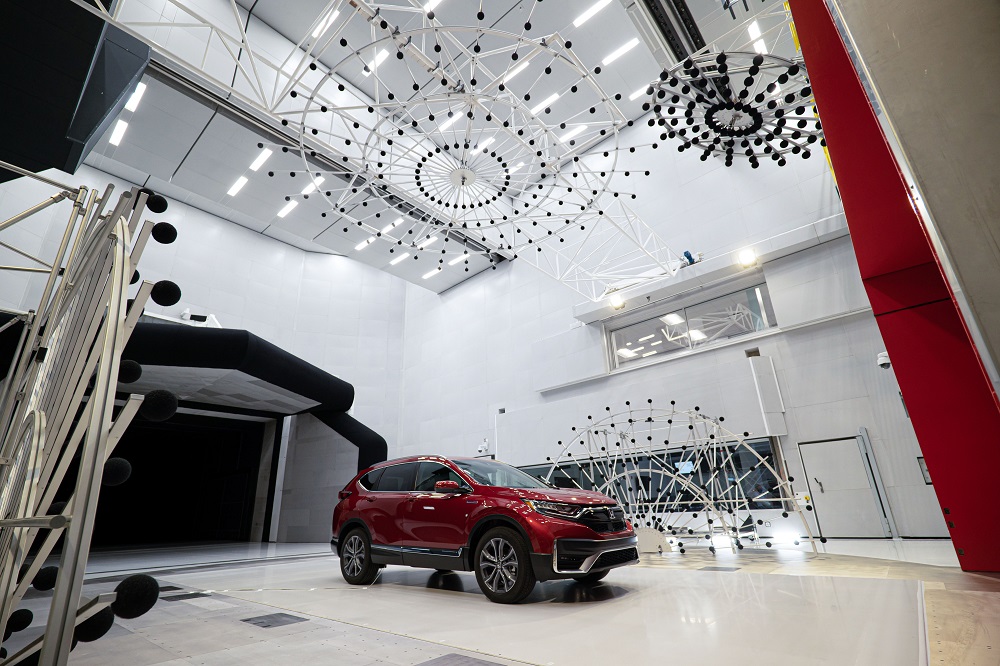Honda Opens First Full-Scale U.S. Wind Tunnel
Honda America has just opened its first full-scale wind tunnel in East Liberty, Ohio. The automaker says that the new $124-million facility, called Honda Automotive Laboratories of Ohio (or HALO for short), is “the world’s most advanced wind tunnel, with three separate state-of-the-art testing functions — aerodynamic, aeroacoustics, and racing — in one location.”
HALO features a 26.2-foot fan that can generate winds up to 192.6 miles per hour throughout a 1/8-mile circuit. It has a modular road system that can be fitted with either a single wide belt or a five-belt road to test high-performance downforce or conventional upper-body aerodynamics, respectively. This makes it just as suitable for testing Honda Civics as it does for IndyCar prototypes.
Honda Civic: The history of an icon
The tunnel also uses an array of over 500 microphones to determine where wind noise is created inside and outside the vehicle. “As Honda continues to move toward its electrified future, noise reduction becomes an even more important element in vehicle design,” the automaker explained in a press release. “Absent engine and exhaust sounds, wind noise will be more noticeable inside the cabin of an electric vehicle.”
Honda already has three full-scale wind tunnels in Japan but, until now, its U.S.-based tunnel was limited to a scale of only 40 percent. According to Mike Unger, HALO facility lead engineer, smaller wind tunnels are “mainly about solidifying styling and the scale.” But with increasingly strict fuel economy regulations pushing manufacturers to make more aerodynamically efficient vehicles, Honda needs full-scale wind tunnels to really find gains — and it was economically unsustainable to continuously send engineers and expensive prototypes from North America to Japan.
Honda originally announced the development of the new facility five years ago. It also plans to use HALO to “build relationships with other companies interested in aerodynamic and aeroacoustic research, support STEM activities, and sustain the general aerodynamic community’s testing needs.”
Whether the company wants to test an IndyCar prototype, Acura NSX hybrid supercar, or CR-V SUV, the new wind tunnel has all the tools to do it. Theoretically, it could be used to gain valuable data about anything that cars about aerodynamics. “What we’re going to do in the future, with people and processes, that’s going to be the magic,” Unger concluded.
Kurt Verlin was born in France and lives in the United States. Throughout his life he was always told French was the language of romance, but it was English he fell in love with. He likes cats, music, cars, 30 Rock, Formula 1, and pretending to be a race car driver in simulators; but most of all, he just likes to write about it all. See more articles by Kurt.



